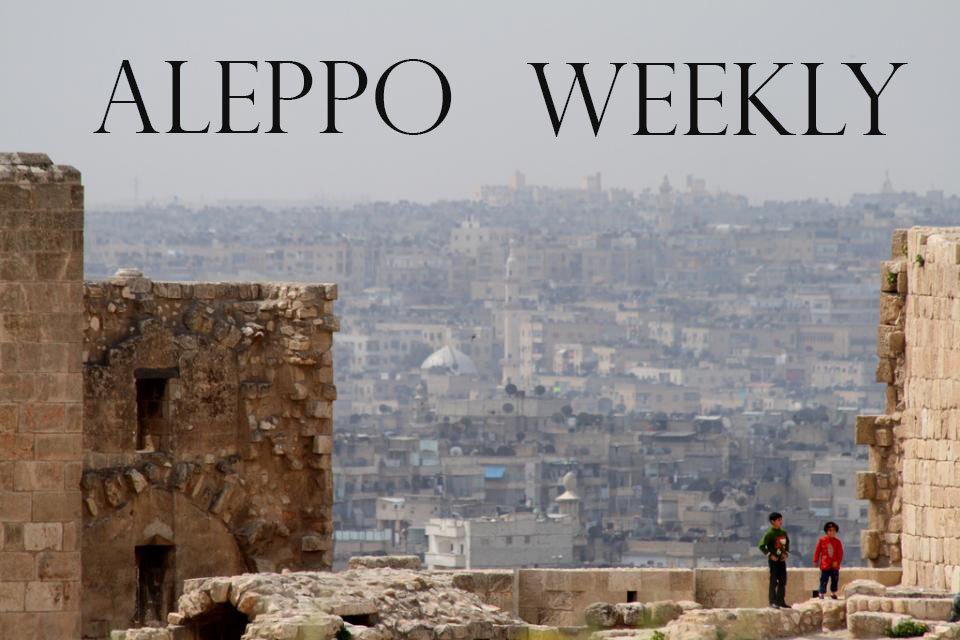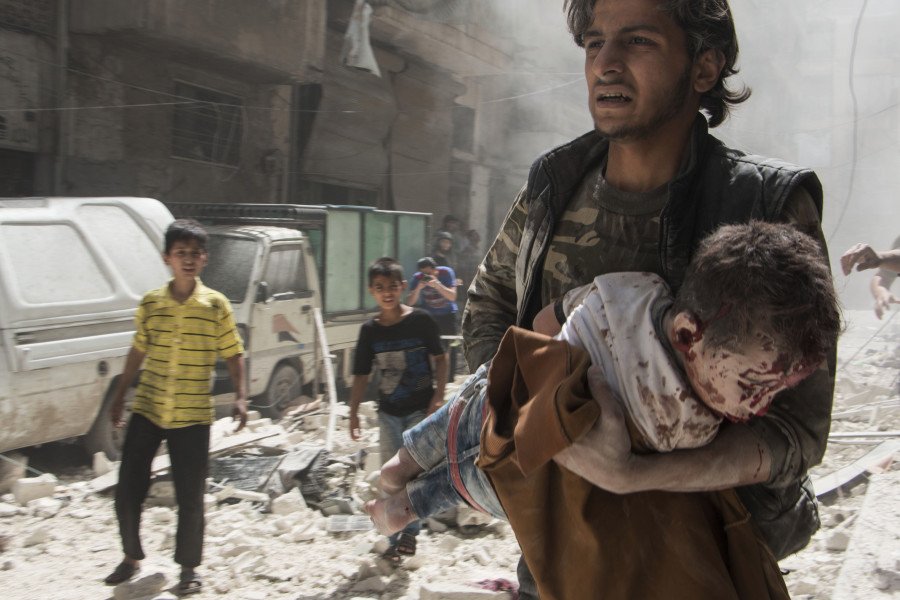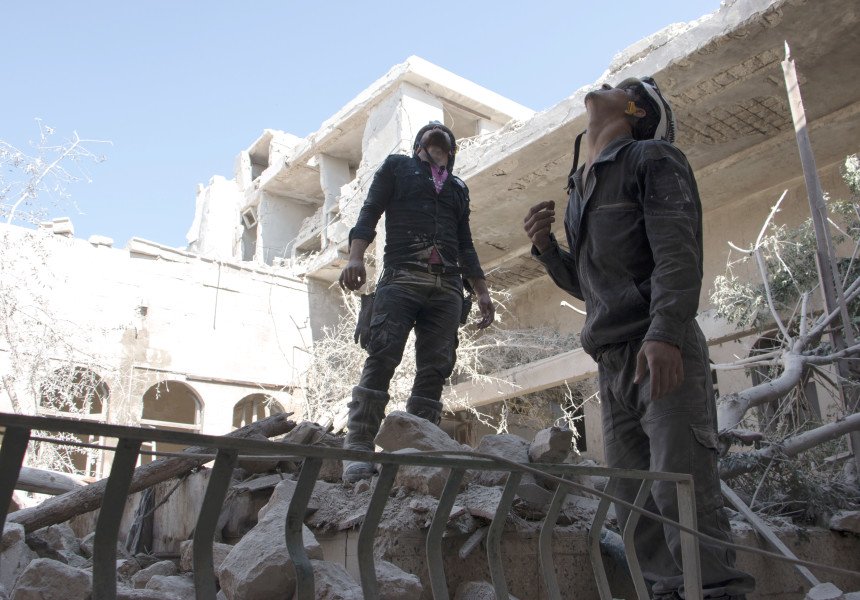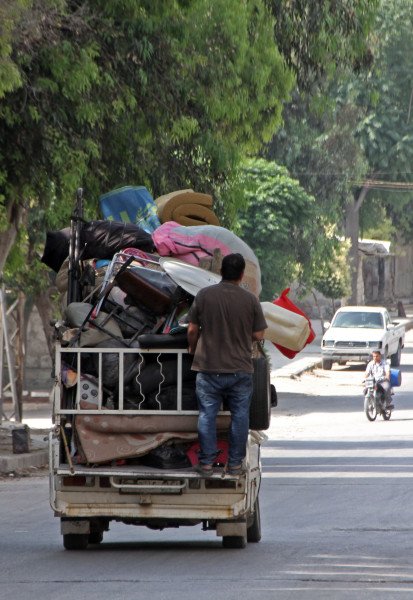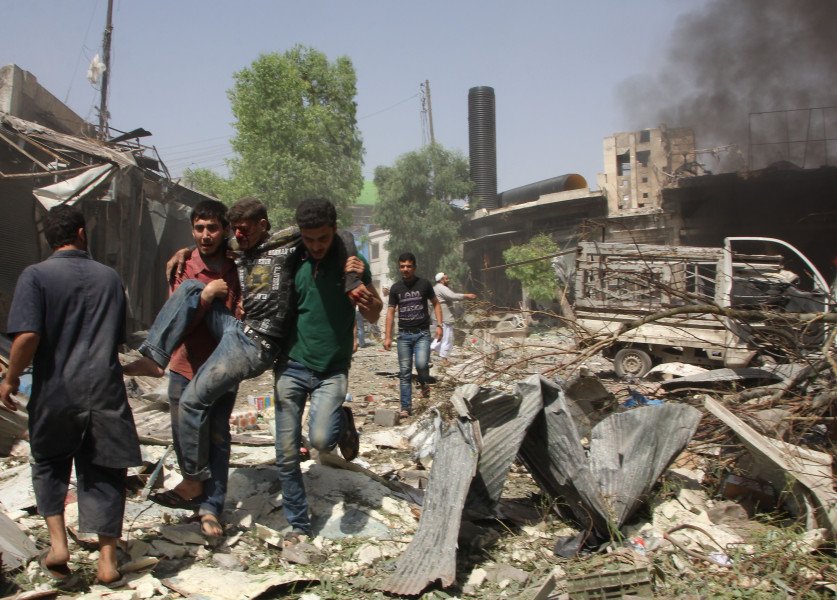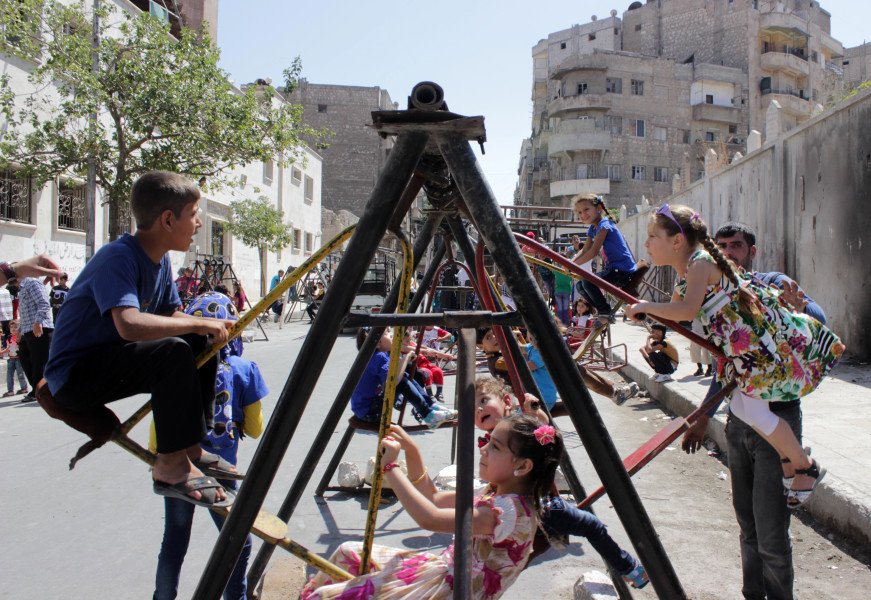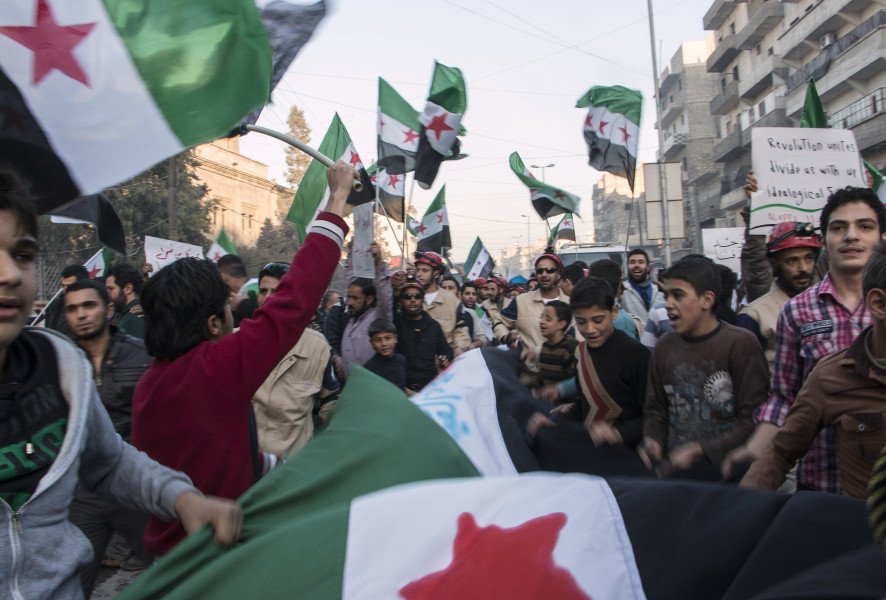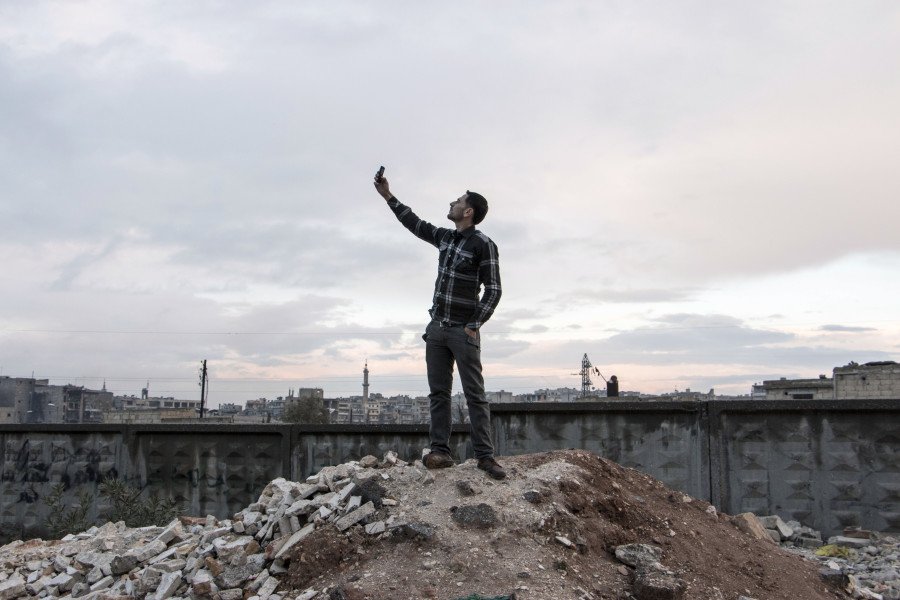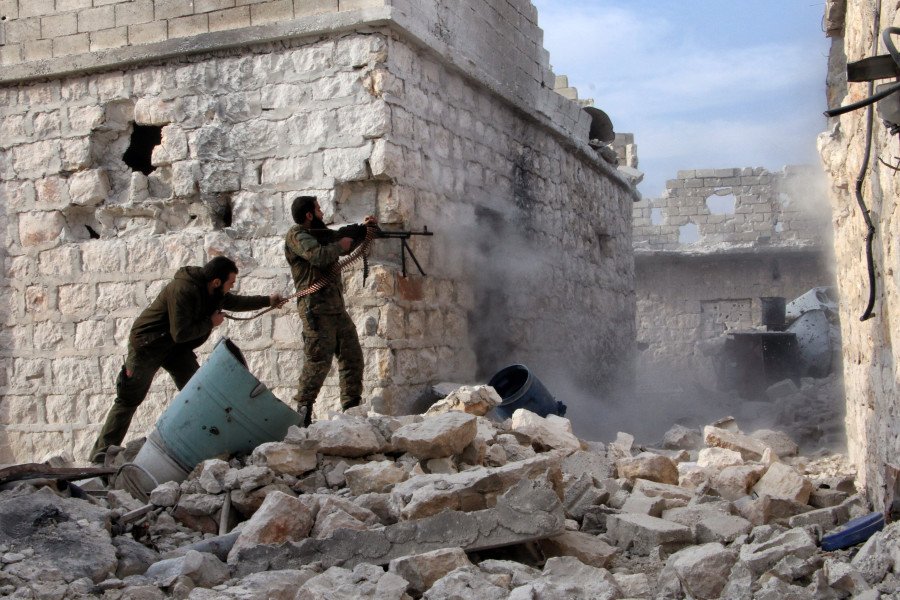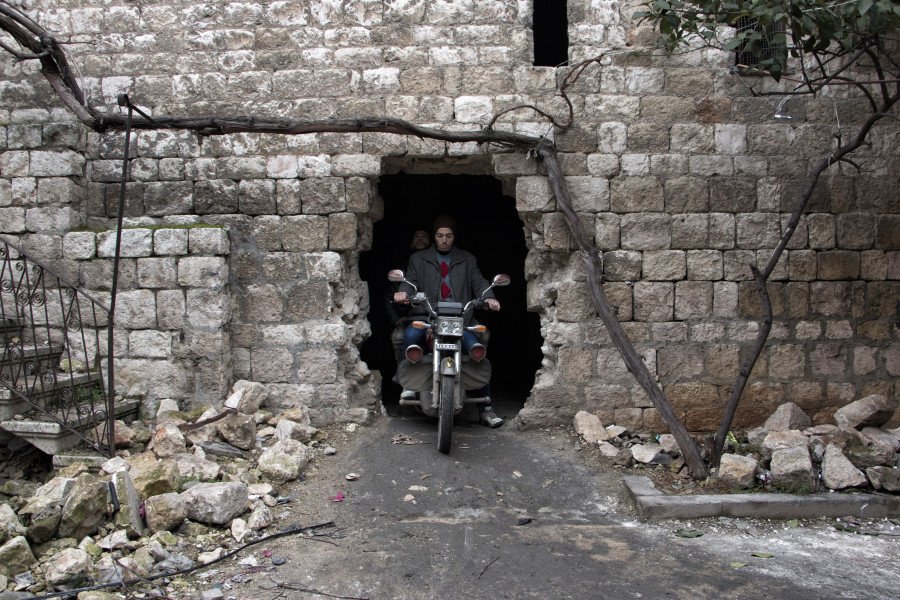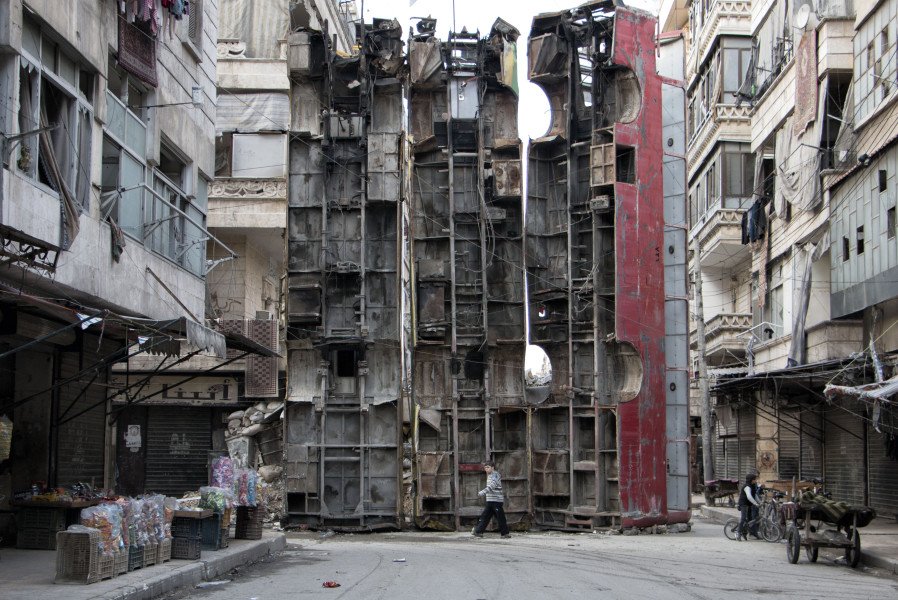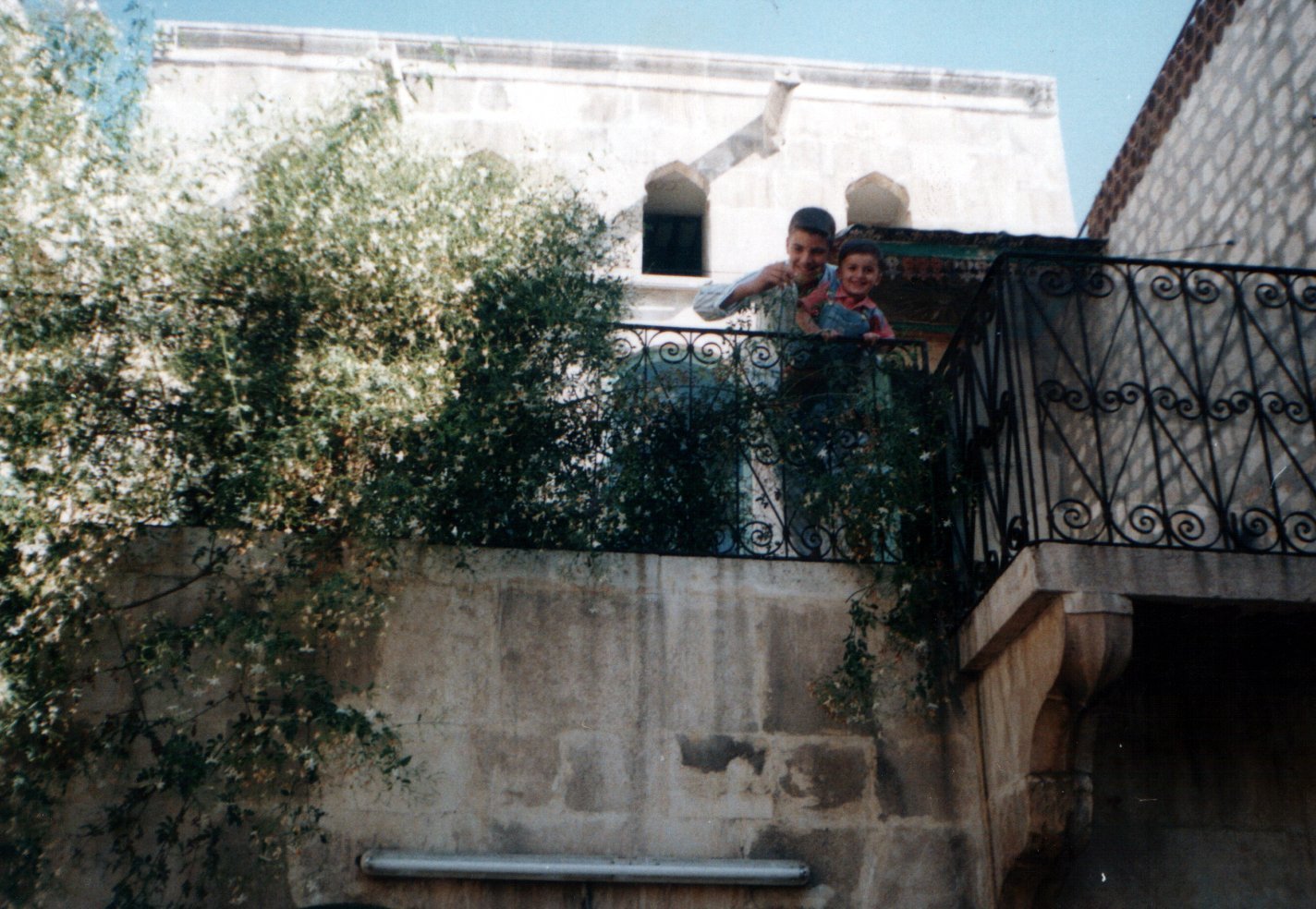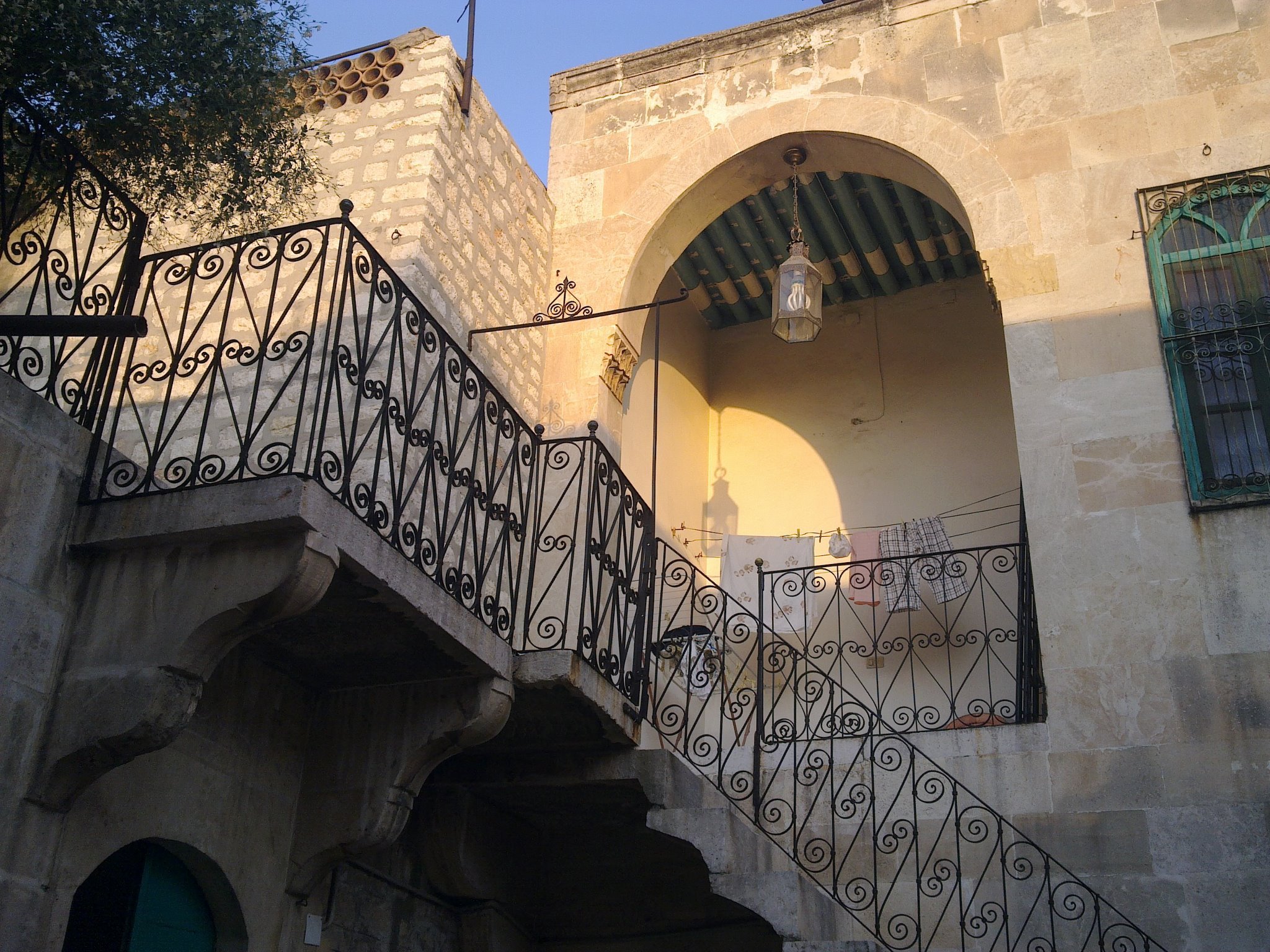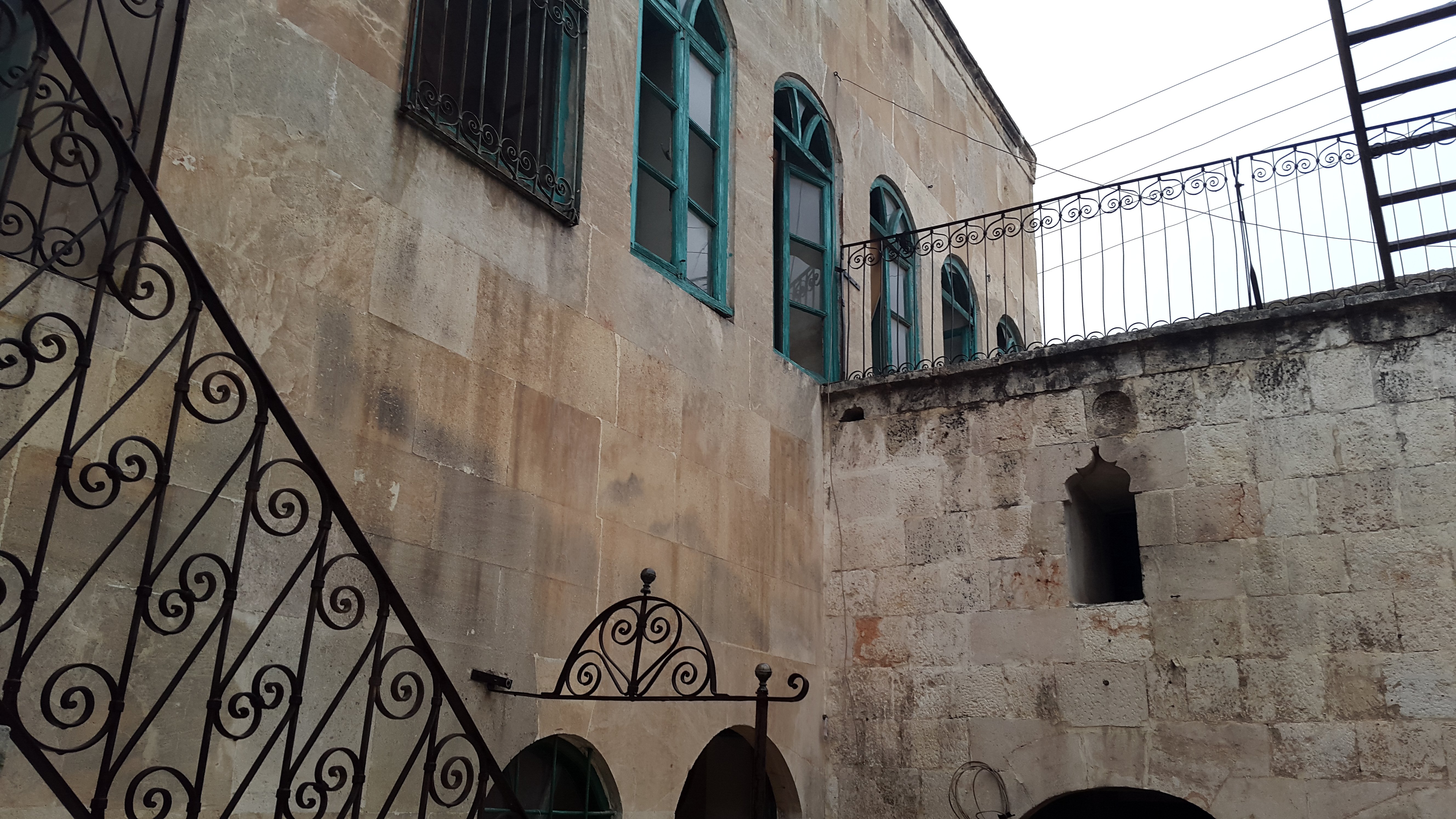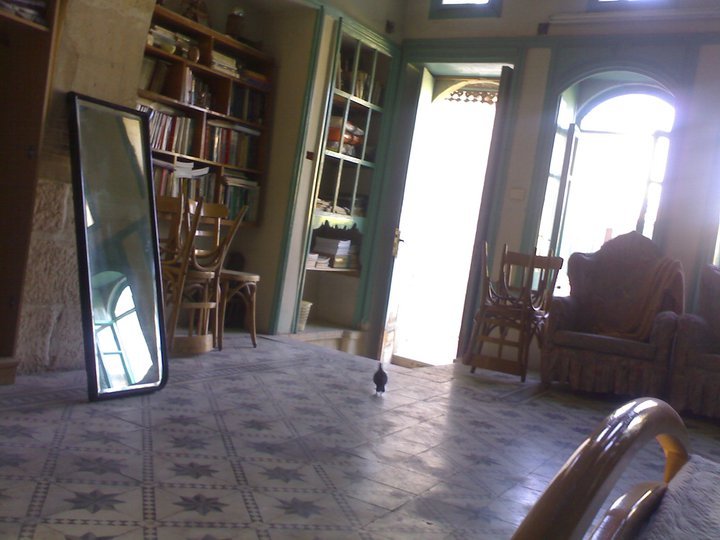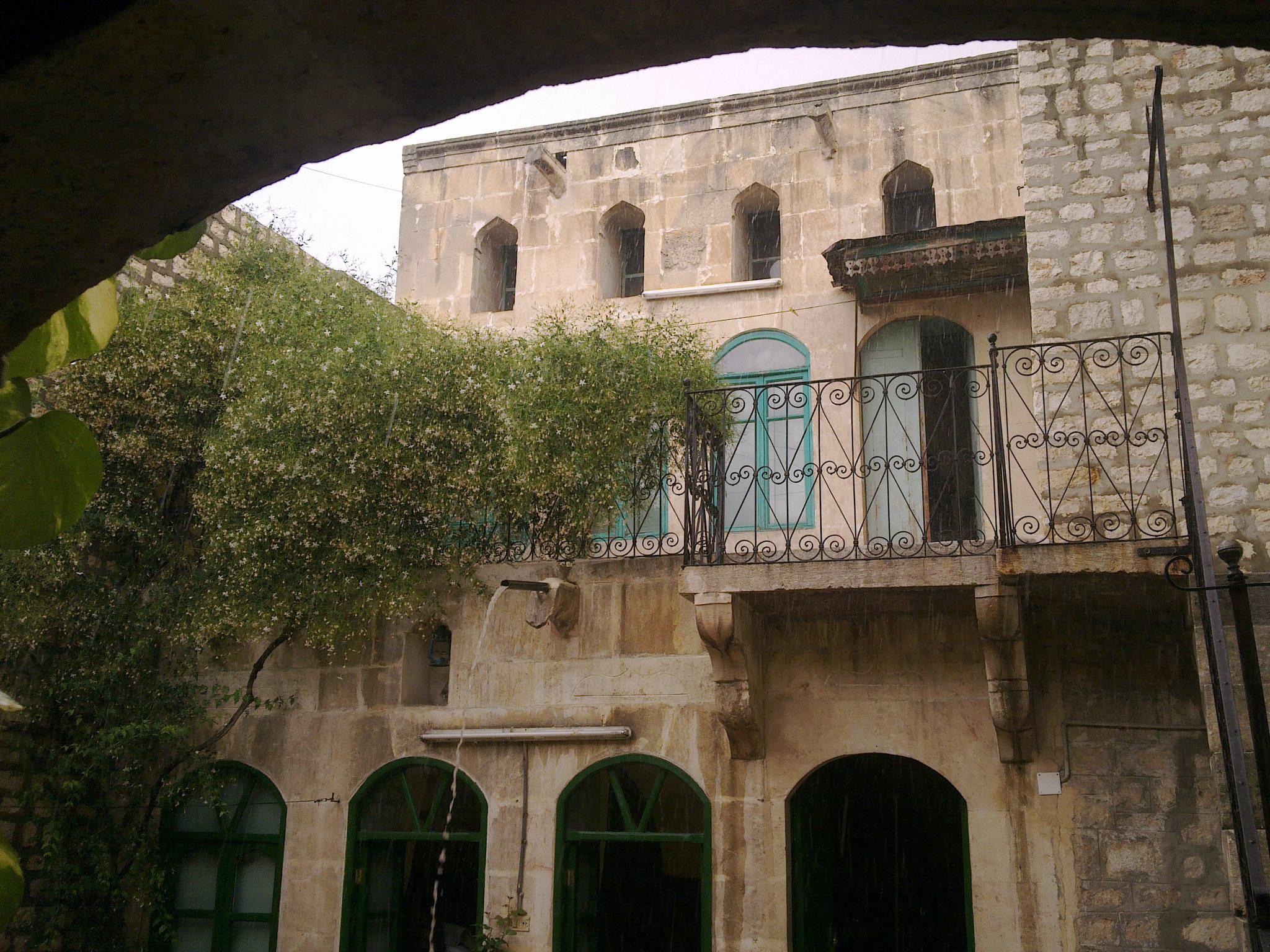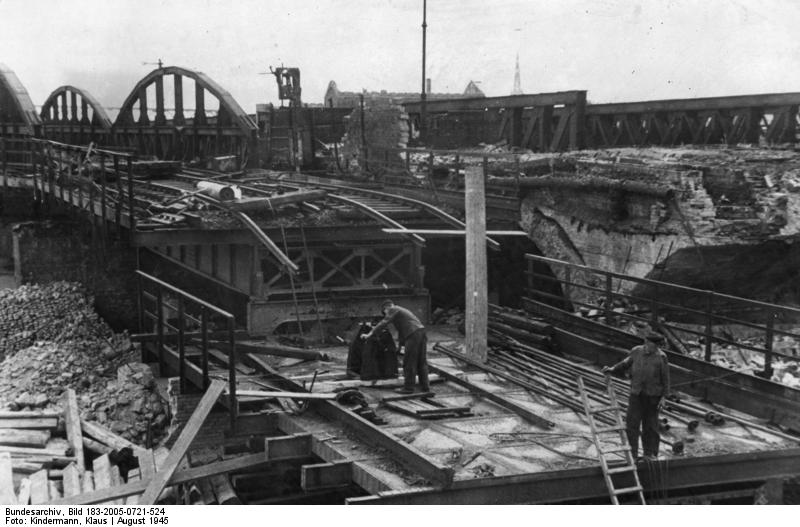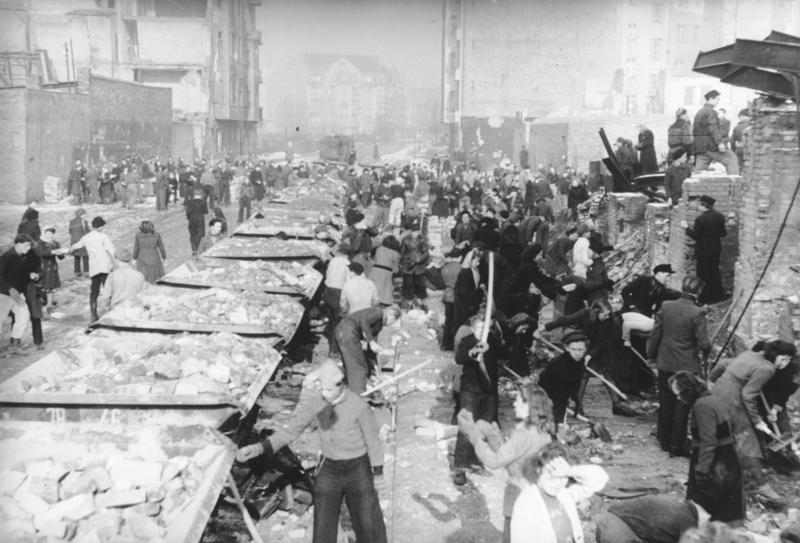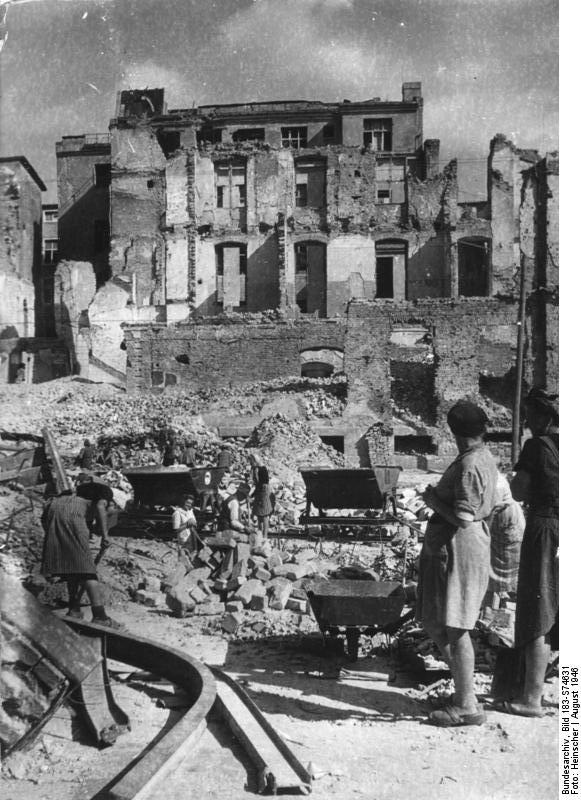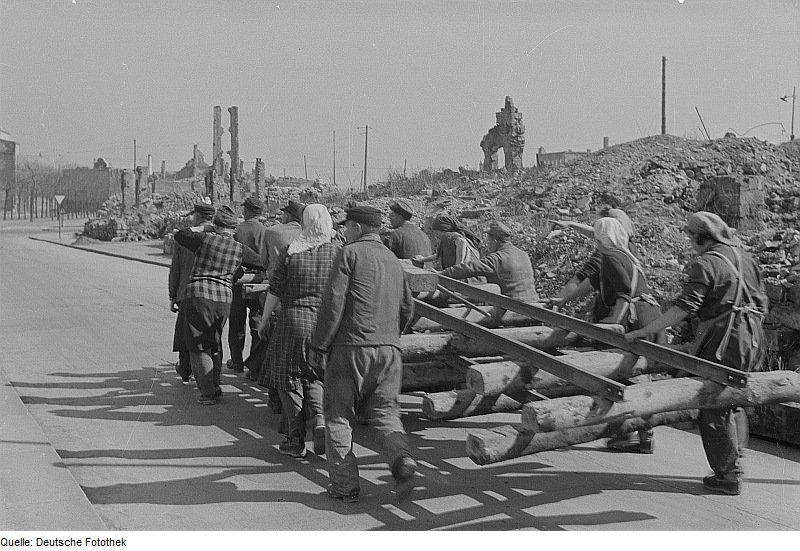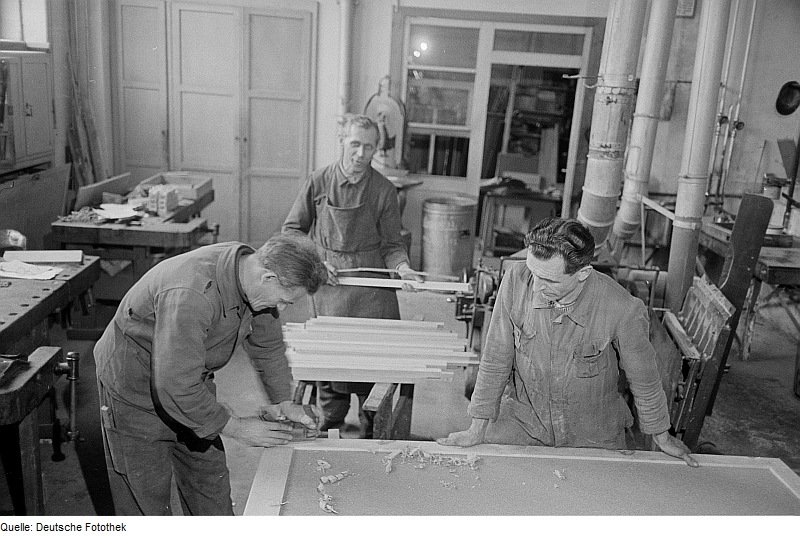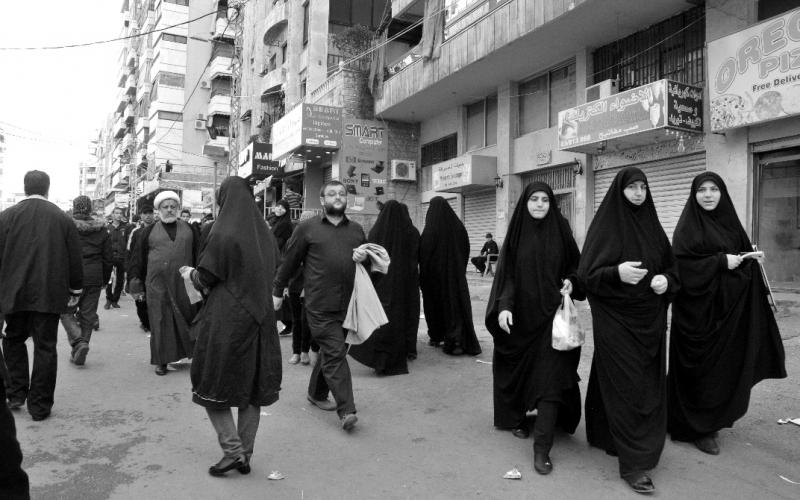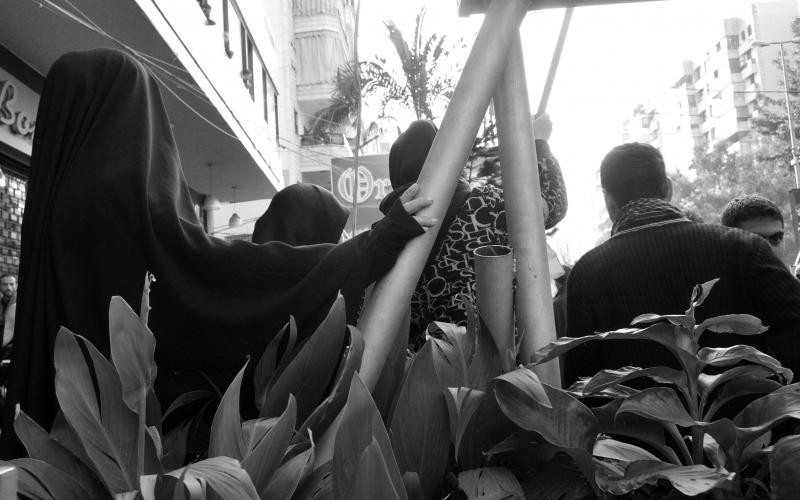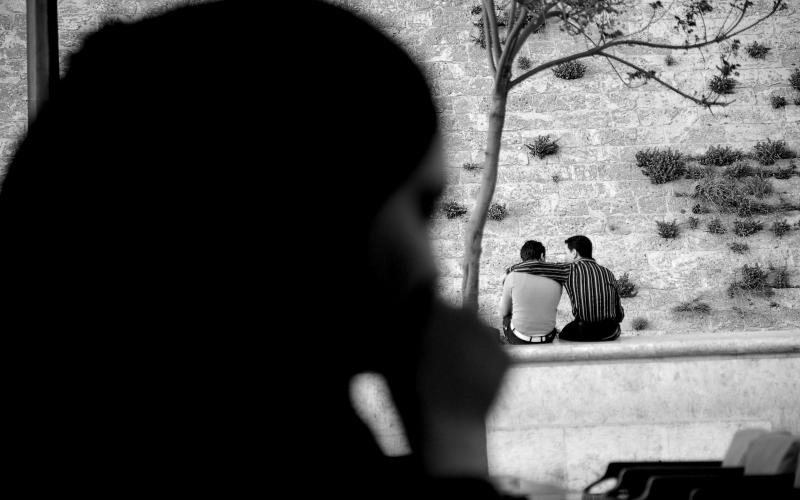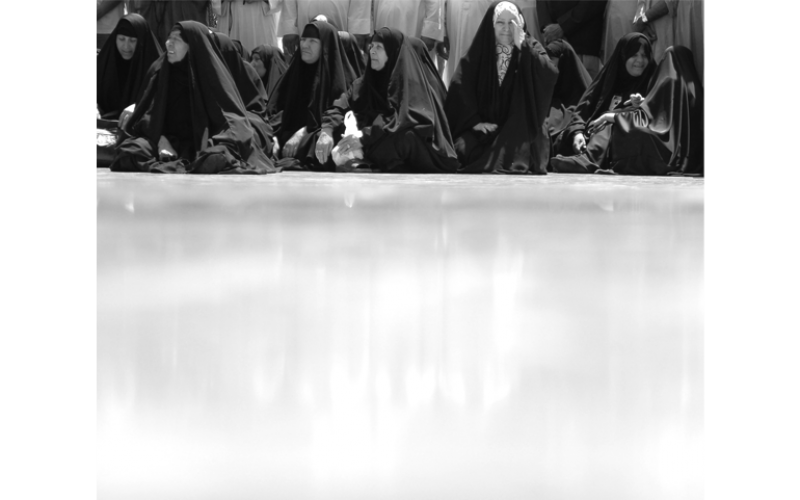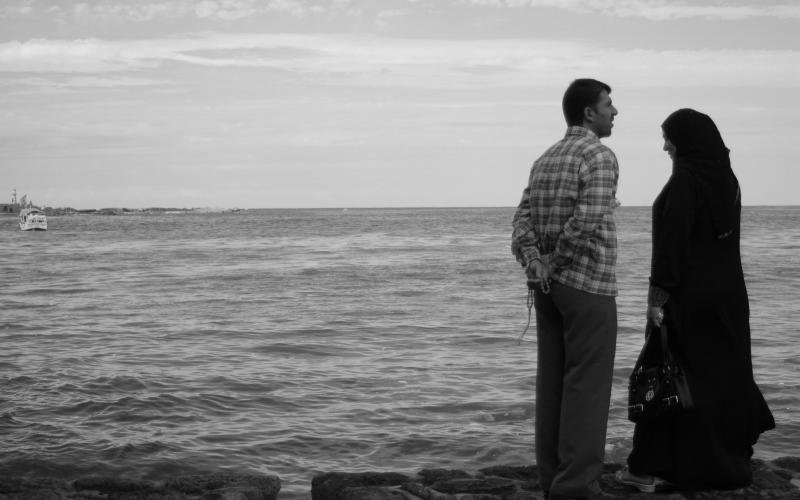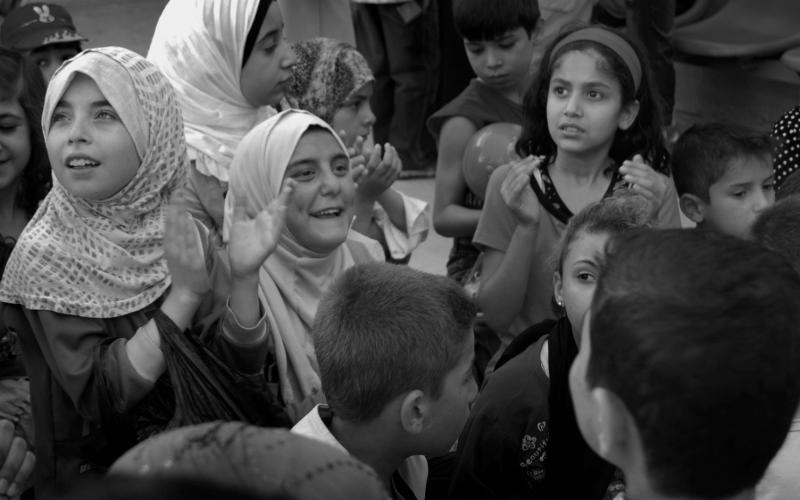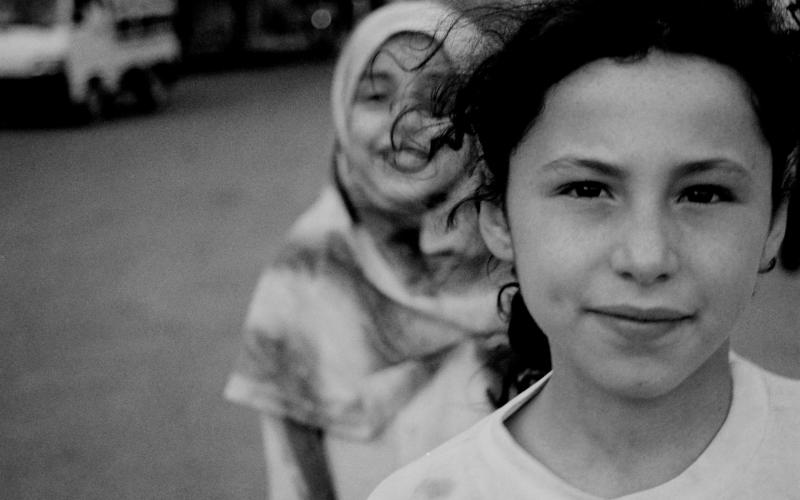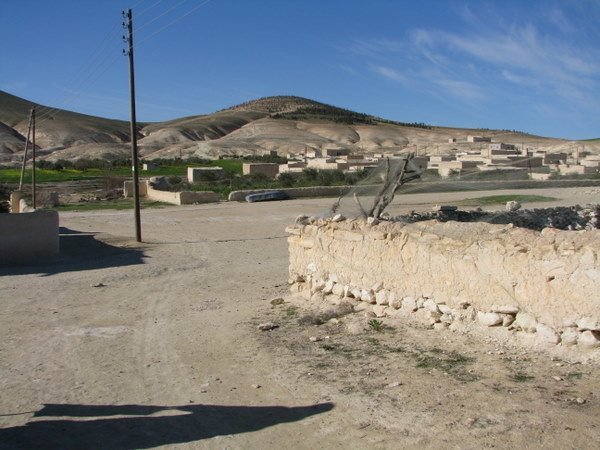The Aleppo Weekly is a compilation of what the Center for Conflict, Negotiation and Recovery staff found to be the week’s most compelling stories, images, videos, and other resources that provide information about life in the Syrian city, analyze the conflict that is destroying it, and help residents plan for their future. The weekly follows topics of interest to the Center’s researchers, and has a special focus on those displaced from the city and others whose voices are rarely heard when it comes to peacemaking or reconstruction
read moreOctober 2015
All posts from October 2015
Interview with Aleppian photographer Karam Al-Masri
by The Aleppo Project on October 19, 2015
Karam al-Masri’s story is both familiar in war torn Aleppo and extraordinary. A second-year law student in 2011, he has emerged as one of the most widely distributed and acclaimed news photographers covering the destruction of the city. His is a common story of the Syrian revolution where many young people had to leave their educations and professions to take part in some way in the uprising. But Karam’s efforts to document the death of Aleppo has brought him to international attention as a photographer for Agence France-Presse.
read more
October 12-18
by The Aleppo Project on October 18, 2015The Aleppo Weekly is a compilation of what the Center for Conflict, Negotiation and Recovery staff found to be the week’s most compelling stories, images, videos, and other resources that provide information about life in the Syrian city, analyze the conflict that is destroying it, and help residents plan for their future. The weekly follows topics of interest to the Center’s researchers, and has a special focus on those displaced from the city and others whose voices are rarely heard when it comes to peacemaking or reconstruction.
read moreThe story of a traditional Aleppian house
by Dr. Ahmad Adib Shaar on October 16, 2015When I bought and renovated a house in the Old City of Aleppo, I was asked by the Syrian Engineers Syndicate to assess the experience. I told the cultural committee represented by Mr. Khaldoun Fansa that I would follow an Arab expression that you don’t make a judgment on something for a year and seven months. After that time I gave this lecture to the Syndicate. It has been translated, edited and updated and now also includes the view of two of my children.
I was born in 1950 in what we call an “Arabic house,” a stone building built around a courtyard, sheltered from its neighbors and housing just one family. It was in the Al Bustan area of Aleppo, by the southern gate of the Saray palace and just inside the eastern wall of the old city. We left in 1954 to live in al-Ansari in a house that was similar to an Arabic house in that we lived there alone without neighbors above or below us.
read more
How Did Germany Rebuild After World War II?
by The Aleppo Project on October 15, 2015
Interview with Professor Jeffrey Diefendorf
Jeffrey Diefendorf has written several books about the reconstruction of both Germany and Japan after World War II. The Pamela Shulman Professor in European and Holocaust Studies at the University of New Hampshire, he has looked at the way planning shaped the rebuilding of post-conflict societies. He is the author or editor of eight books, including In the Wake of War: The Reconstruction of German Cities after World War II, The Rebuilding of Europe’s Bombed Cities, Rebuilding Urban Japan after 1945, and Transnationalism and the German City.
His work on Germany examines how the country managed an extremely rapid urban regeneration in a decentralised manner. Different cities approached the problems in various ways, often depending on how their planning departments functioned before the war. In the longer-term, one issue has become clear. Those cities that used the historic street plans and maintained traditional urban density have become more attractive places that those that opened up urban space in a modernist way.
Professor Diefendorf is currently looking at whether cities that are destroyed in civil wars recover in different ways to those damaged by inter-state conflict.
read more“This is how we are going to build Syria”
by Channel 4 on October 13, 2015Mohamed Qutaish, a 13-year-old from Aleppo exhibits the model of the city he constructed. “This is how we are going to build Syria.” We love Mohamed’s vision for the city, particularly his focus on trees, lakes and public transport.
Source: Channel 4 News, United Kingdom.
read moreAfter the veil prevailed
by Angélique Sanossian on October 13, 2015
The interpretation of veils in my photography cannot be explained without referring to the city I grew up in; Aleppo.
Aleppo is characterized with its multi existing religions, such as Islam, Judaism, Christianity, Hinduism…etc. In addition to those religions, it has also different political views (which mostly remain unexpressed), cultures, and opposing ideas and perspectives. Being a photographer, I see that Aleppo is rich and colorful… But haven’t noticed that, until I took a set of photos and classified them under the title: “After the Veil Prevailed”
read more
Drought in Syria
by The Aleppo Project on October 10, 2015When the drought in Syria started in 2008, the United Nations issued an appeal for funding for food aid for the many farmers whose crops had failed and animals had either been sold or died. In August the next year, with the drought getting worse and lasting longer than any other on record, another international appeal for help was announced. By the end of 2009, it had raised just 14 percent of what was needed.
read more
 The Aleppo Project
The Aleppo Project